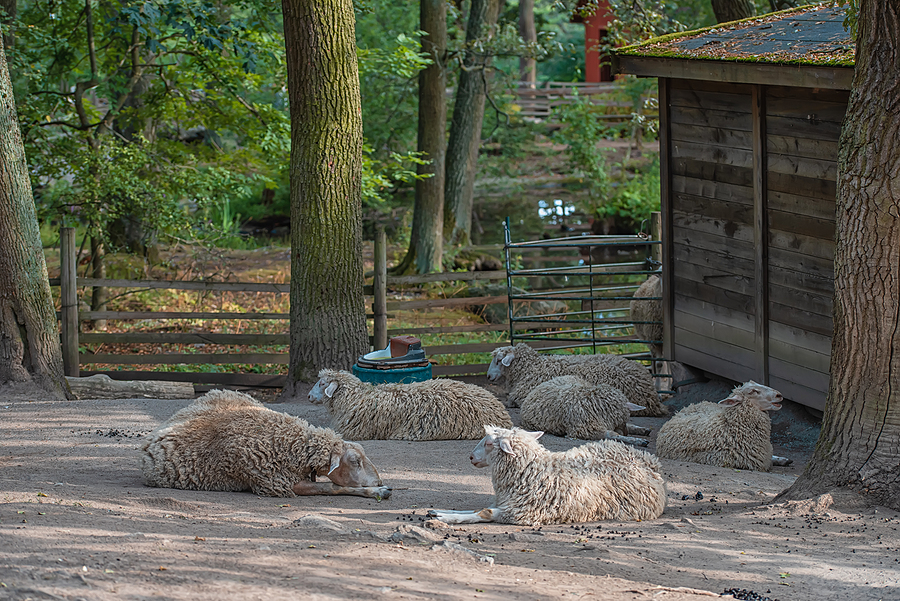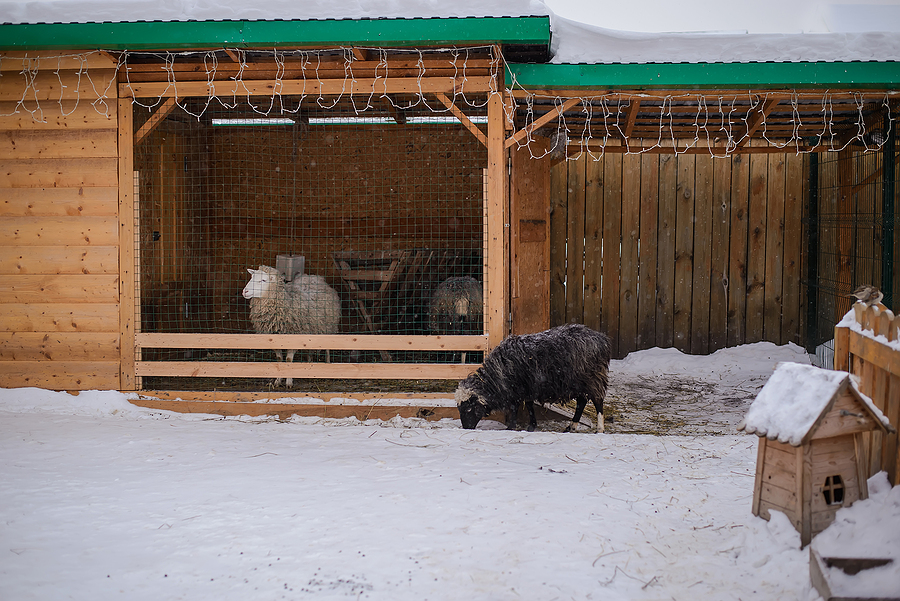Conventional sheep yard designs have seen great improvement since their invention. Previously, the yards were handled by various skilled stockmen who kept sheep moving in the yards. Still, in these times, the yards were erected on artless square patterns, often using cheap materials.
As the facilities increased, so did the practice in the yards. Since time immemorial, there has been much emphasis put towards handling large numbers of sheep with a reduced labor force. Farm owners resorted to taking care of their sheep without applying too much physical effort.
Today, we focus on custom sheep yards, particularly what they entail and their importance.
What are Custom Sheep Yards?
To begin with, sheep yards are the central units in which all operations (regarding the handling of sheep) take place. Some of the major operations in the yards include;
Shaving and trucking
Marking, crutching, mulesing, dipping, jetting, inoculation, foot pairing, and bathing.
Ear tagging
Selection based on weight, mouthing, classing, and drafting.
That said, custom sheep yards are yards constructed following the owner’s liking. This is usually determined by the number of sheep that will use the yard and the available labor force. Oftentimes, one constructs a sheep yard to be handled by one person and sometimes, a dog.
Designing and constructing custom sheep yards
The good thing about custom sheep yards is that you get to develop one that conforms to your needs and that of the livestock.
For receiving and holding sheep yards, you don’t need much to start the construction. However, the yards should have adequate space that accommodates the largest sheep mob (one square meter per sheep in the least). For low sheep density, the materials needed are usually lighter.
During the construction of custom sheep yards, take into account the shade and closeness to water. When the sun hits, the sheep should have ample protection. In addition, accessing the yards should happen effortlessly, starting from the traffic ways and through the farm.
Make sure to treat the pathways leading to the yard as they are susceptible to wear caused by the traffic. In the case where the yards are erected on sand using water or sump oil helps minimize summer dust. However, during the winter slush, you need to have constructed the yard in a well-drained site to avoid water retention. Other farmers have opted to cement the areas to minimize soiling when winter happens.
The entrances and sides should have elaborate building materials which are sturdy and visible. Using these materials is advisable because there is more traffic and high density on the pathways than there is in the storage area.
The natural circling principle of sheep movement, including bulge race, helps in providing smooth sheep movement along the pathways. These designs allow the operator to easily control sheep flows and dogs, among other labor forces.
To ensure excellent sheep flow, you need to include gates and gateways that open and close freely, clear of the sheep. The catches should be quick action and secure, swinging both ways. Wide gateways speed the movement of sheep and four-way interchanges in the pens increase the movement flexibility.
The Behavior of sheep in custom sheep yards

Since the labor force for handling sheep has decreased, the owners use sheep habits to determine the comfort they get.
The sheep in the yards mustn’t see other sheep in their rare views
Ensure to keep down the operation noise so as not to disrupt other sheep.
Keep the front race open to prevent sheep from approaching a dead end.
Avoid strong light contrasts as they can frustrate the sheep.
Sheep move better in corners than in straight lines.
Sheep yards are an important aspect for sheep farmers worldwide. Therefore, you should ensure they conform to the guidelines when constructing custom sheep yards.




